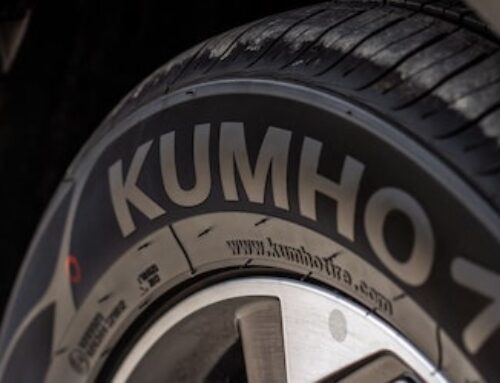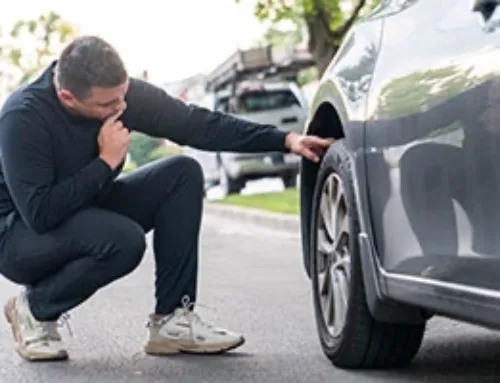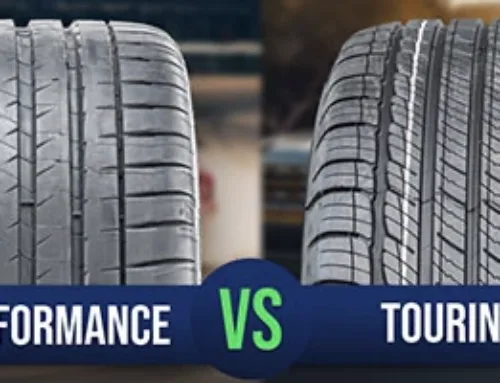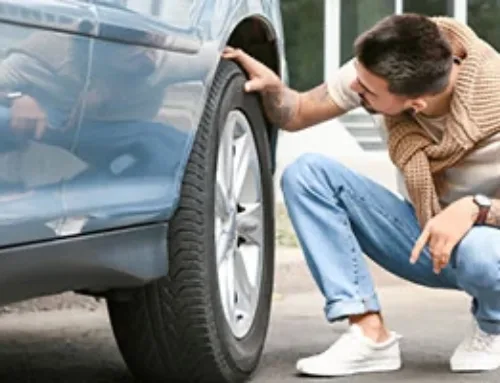Table of Contents
If you’re a regular motorist, you are aware that having the correct tire pressure for your car is essential for safety and fuel efficiency. But now the question is, what is the recommended tire pressure for your particular vehicle, how do you check it, and what can you do if your tires are the wrong pressure? Read on to find the answer to all these questions and learn how to keep you and your family safe on the roads.
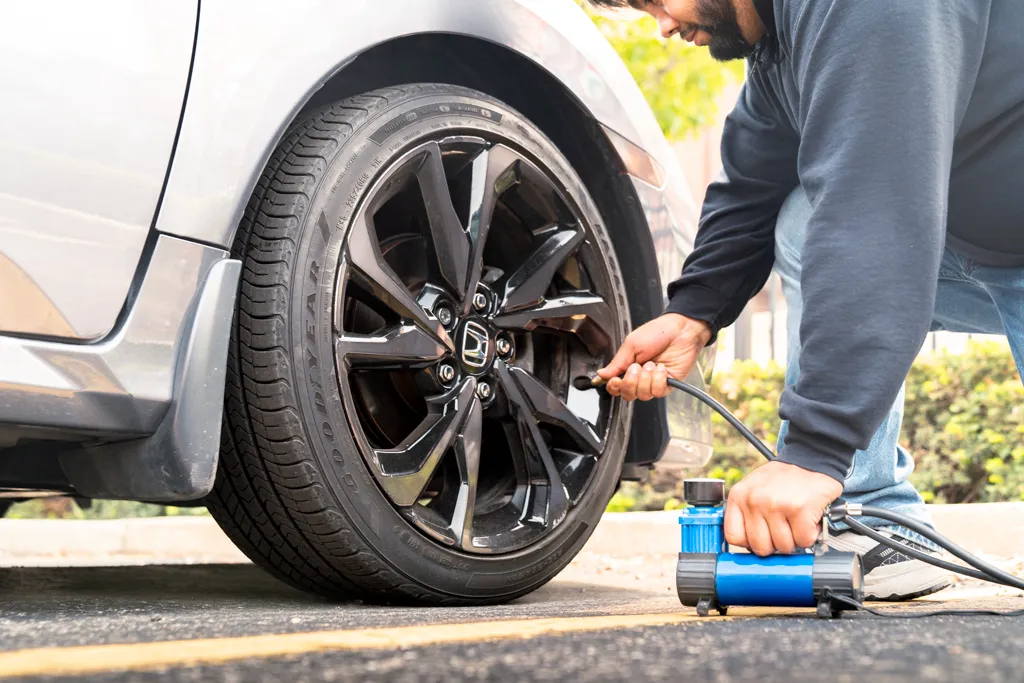
How to determine the correct tire pressure for your car
So you know you need to ensure that your car’s tires are inflated to the recommended pressure, but how on earth do you find out what that is? Luckily there are two simple ways to check the proper tire pressure for your car:
- Look in your car’s user manual if you still have it. There will be a tire section that should give you all the details of the recommended pressure for your specific vehicle.
- Even easier, a sticker or plate should be attached to the inside frame of the driver’s door, which will have the specific details for your exact make and model. This is the most convenient option as it’s always in your car!
It’s important to know that tire pressure is measured in pounds per square inch (psi), and there are likely to be two figures you’ll need to refer to – the minimum and maximum pressure. There may also be further information on the ideal pressure for a fully loaded vehicle with many passengers and an empty vehicle.
How to check your tire pressure
Now that you know what your tire pressure should be, you need to know how to check it.
The first thing to note when checking your tire pressure is that you should always do it when your tires are cool to get an accurate reading, so do it before a long drive rather than while on the road. This is because air expands when it’s hot, so your tire pressure will be higher after driving, and the recommended figures are based on cool air, not hot.
To check your pressure, you’ll need a tire pressure gauge. You can either use a portable one at home, or most gas stations will have air-pressure pumps that also have a tire pressure gauge integrated into them.
To check your pressure, unscrew the valve cap from the valve stem and put it somewhere safe. Put the gauge into the valve stem, ensuring it is straight and firmly pressed in. Then read the value of the air pressure.
What about my tire pressure monitoring system?
Now all modern cars will have a tire pressure monitoring system (TPMS) which automatically monitors the air pressure inside your tires. So if you have a TPMS, does this mean you don’t need to check your tire pressure regularly?
Unfortunately, the answer to that question is no. These systems only alert you when the air pressure in your tires is below 25% of the recommended pressure. If the TPMS light comes on, you already have underinflated tires. So we don’t recommend you rely on this alone — you should regularly check your pressure with a tire gauge.
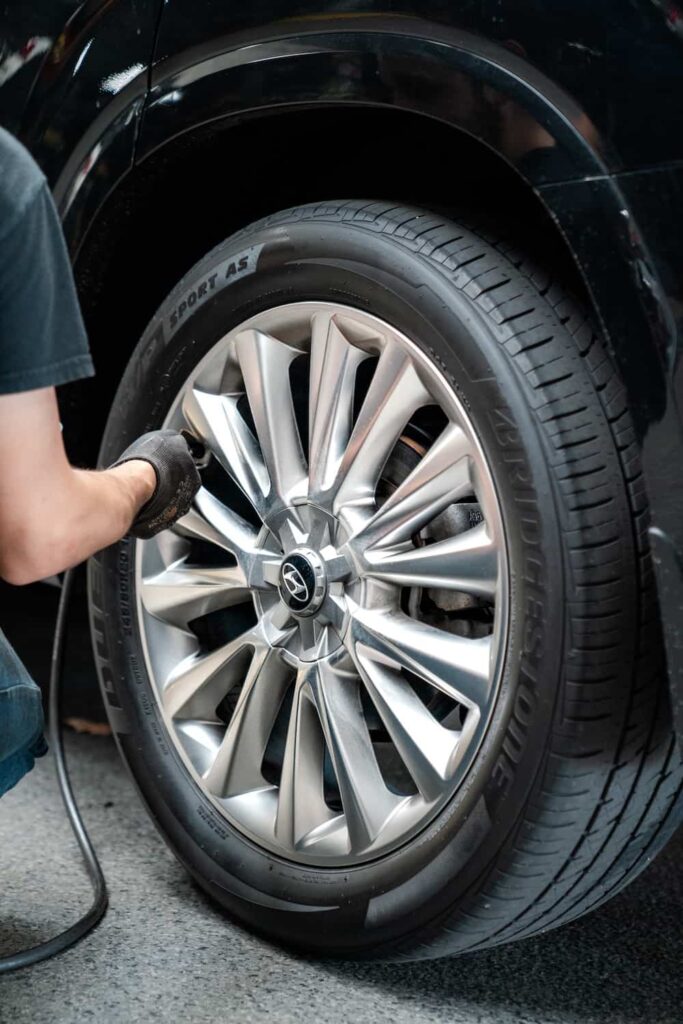
What should I do if my tires are at the wrong pressure?
So you’ve checked the pressure in your tires, and it’s too low. What you need to do now is to reinflate your tires. You can either do this at home with a portable air pump, or you can go to a gas station or tire shop where they should have an automatic air pump that can be set to your recommended pressure and will stop filling the tires when the correct pressure is reached.
Why it’s important to have the right tire pressure
There are risks that come with both over-inflated and under-inflated tires, which is why it’s always important to keep them within the recommended limits.
If you have underinflated tires, there are several problems you may encounter:
- Your tires may overheat, which can cause a blowout at higher speeds.
- Your gas mileage will suffer as your car has to work harder to move.
- Tires will also wear out faster if they don’t have the right air pressure.
Don’t let the best tire deals & tips roll by!
Sign up for our newsletter
If your tires are overinflated, there are other potential problems:
- Over the tire manufacturer’s maximum pressure, you’re much more likely to have a blowout.
- Overinflated tires will negatively impact your handling and braking.
- The center of your tread will wear out much faster with overinflated tires.
So it’s always important to check the tire pressure in your car’s tires regularly and ensure they are inflated to the correct tire pressure, making it a part of your regular maintenance schedule. We recommend you buy a manual pressure gauge that you can use at home – they only cost a few dollars and can save you a lot of money in the long run, as your car tires will last longer.
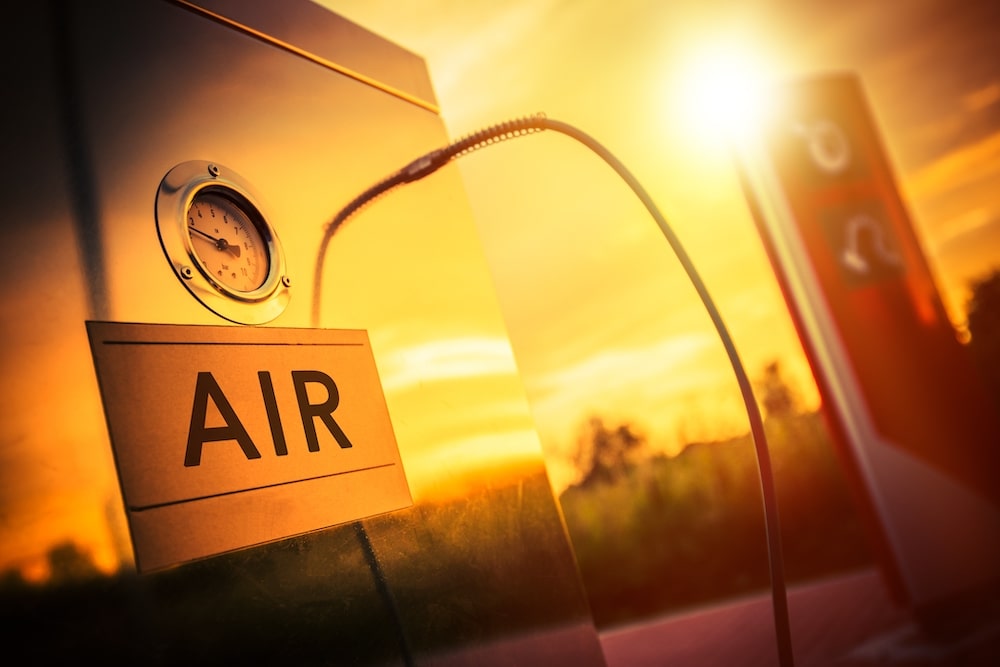
Car tire air pressure: winter vs. summer
You may have heard that the pressure in your car’s tires changes due to the weather conditions, and some say the suitable pressure for each season is different. However, this is not the case, and you should always use the recommended pressure listed in your vehicle’s owner’s manual.
But weather conditions indeed fluctuate, causing tire pressure to change in your vehicle’s tires, so it’s a good idea to be more vigilant and check tire pressure more regularly when the seasons change and temperatures drop or increase significantly.
Frequently Asked Questions
How do I know how much air to put in my tires?
Knowing how much air to put in your tires is important to ensure optimal vehicle performance, handling, and tire life. To find the correct psi (pounds per square inch) for your tires, you can either look inside your vehicle’s door or open your owner’s manual and look it up — it should list the correct pressure based on the number of people who will be in your vehicle (so the car’s weight).
Once you know this, you can check the pressure in your tires using a portable gauge or an air pump at a gas station. You can then compare this with the recommended tire pressure and adjust it as required until your tires are properly inflated.
Is 40 psi too high for tires?
Whether 40 psi is too high or not depends on the type of car you have. Generally, the tires on most standard-sized and compact cars are considered to be optimally inflated at around 30-35 psi, so 40 psi would be considered a bit too high. However, larger vehicles may need a higher psi than sports cars, so checking your specific owner’s manual is always important.
Is 35 too much air in a tire?
35 psi is within the recommended tire pressure for most vehicles’ tires. However, this may vary depending on the manufacturer, tire size, and vehicle type. It’s important to always check your vehicle’s manual or the tire manufacturer’s website to find the optimal pressure for your specific vehicle.
Is 30 psi too low for tires?
For most compact and standard-size cars, 30 psi is at the lower end of the recommended air pressure in the tires. But for some vehicles, this could be below the recommended tire pressure, so it’s always a good idea to check the specific pressure recommended for your vehicle. You can find this in your user manual or a small plaque attached to the driver’s side door or door frame.


